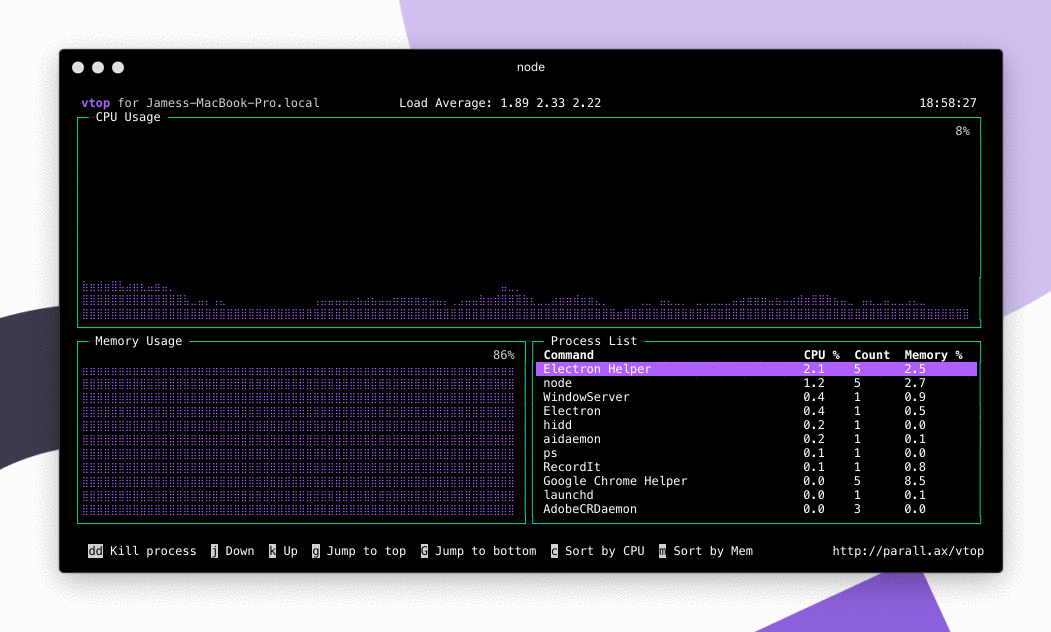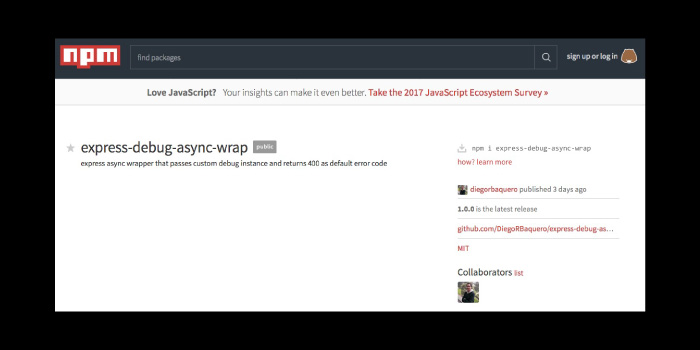

serverless install -url -name my-npm-registry - pick whichever name you prefer for your registryĮxport CODEBOX_REGION="eu-west-1" # Set the AWS region you wish your registry to be deployed toĮxport CODEBOX_ADMINS="" # Comma seperated list of github usernames (e.g.Latest version of Serverless installed globally ( npm install serverless -g or yarn global add serverless).You have AWS environment credentials setup with enough access to deploy Serverless resources on your local machine, you can follow the standard guide from Amazon here.for GitHub), you will need the Client ID and Secret. A GitHub / GitHub Enterprise application is registered (e.g.The quickest way to deploy your own npm registry from your local machine is to follow the following guide. It is currently compatible with the latest version of the npm & yarn cli. Users are always required to be authenticated when using codebox as their npm registry. One other major difference is that it replaces npm login authentication to be via github / github enterprise. It allows sharing of npm modules within a company but additionally allows access to all of the modules on public npm.
#NPM CODEBOX HOW TO#
On next article, I'll explain how to tailwind css and asyncData.Codebox npm is a serverless npm registry to allow companies that wish to keep their intellectual property. > docker-compose up -dįinally, you successfully start Nuxt project on docker. > docker-compose buildĬreate and start containers. You need to modify a Dockerfile and package.json. You successfully created nuxt.js 🎉 Successfully created project nuxt. You need to move all folders and files under the "temporary" folder into "app" folder. ? Version control system: (Use arrow keys)Īs this time, your project is like below. ? Development tools: (Press to select, to toggle all, to invert selection) ? Deployment target: Server (Node.js hosting) ? Nuxt.js modules: Axios - Promise based HTTP client > docker-compose run - rm nuxt yarn create nuxt- app temporaryĪfter you run the command, some folders will be made under "app" directory. So, you need to make temporary folder(I named "temporary") and make folders and files related to Nuxt.js on the temporary folder. because there's already a non-empty directory. > docker-compose run -rm nuxt yarn create nuxt-appĬan't create. OK, please move the root directory of your project and run the following command on terminal. But with docker, the command doesn't work and you need to change a little bit. Basically, you can install Nuxt.js by running the following command. The time has come to install Nuxt.js on your project.

docker/nuxt.js/src:/src:cached - /src/app/node_modules tty: true stdin_open: true environment: - CHOKIDAR_USEPOLLING=trueĪnd you need to run the following command. docker/nuxt.js dockerfile: Dockerfile ports: - 3000 :3000 volumes:. Version: "3" services: nuxt: container_name: nuxt build: context.
#NPM CODEBOX CODE#
OK, next you need to paste the code below on docker-compose.yml. RUN wget -O direnv https: // /direnv/direnv /releases/download /$DEV_DIRENV_VERSION/direnv.linux-amd64 & \Įcho 'eval "$(direnv hook bash)"' > ~/.bashrc You need to comment out " RUN npm install" / " EXPOSE 3000" / " CMD " for a while because prevent from causing errors.įROM node: 12 # locale & timezone (Asia/Tokyo) All you have to do is paste the contents below on Dockerfile.

And "a docker-compose.yml" is yaml file and you define containers and volumes and so on on this file. "A Dockerfile" is a text document that contains all the commands a user could call on the command line to assemble an image. Dockerfile and docker-compose.yml are important for docker project. Nuxt.js is powerful framework to make Web App easily and fast.įirst of all, you need make the necessary folder and files for this project. I'll show how to set up Nuxt.js and Tailwind css on Docker.


 0 kommentar(er)
0 kommentar(er)
